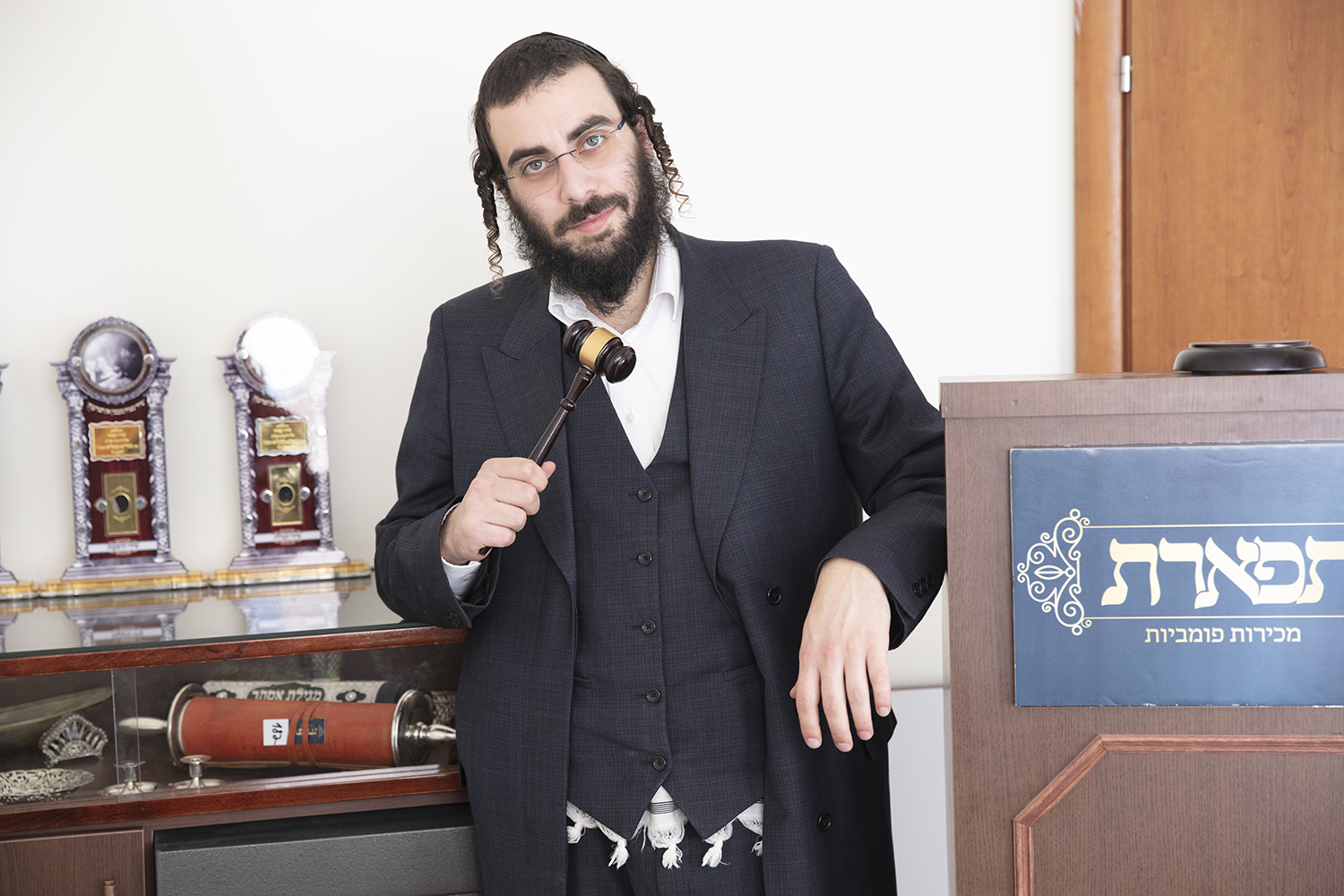We spoke with Rabbi Yehuda Breyer, the CEO of the Tiferet auction house, about expensive, important and special Haggadot.
Collectors and ‘treasure hunters’ alike are looking forward to the festival of Pesach (Passover).
It is the festival that introduces the best of Judaica, collectibles and Jewish treasures.

There is hardly a home without a Seder plate with an intriguing story, a Kiddush cup with a glorious past or a napkin embroidered by Grandma, which was brought from Tunisia, Bukhara or maybe even Spain, by Grandpa.
The Passover Haggadot hold a central place. Collectors are willing to pay a fortune for a rare or pedigreed, important or ancient Haggadah, each one of them with his preferences.
The Tiferet auction house, the large home of Judaica and Jewish treasures, presents every year the top-notch of Jewish treasures to collectors [only recently, Tiferet auctions sold, among others, the pedigreed pipe that had belonged to the Ba’al Shem Tov, a letter by the Ohev Yisroel of Opatow, ancient manuscripts from Spain ad Yemen and books by leading rabbis. Each of these items was sold in the sum of a quarter million dollars at least].
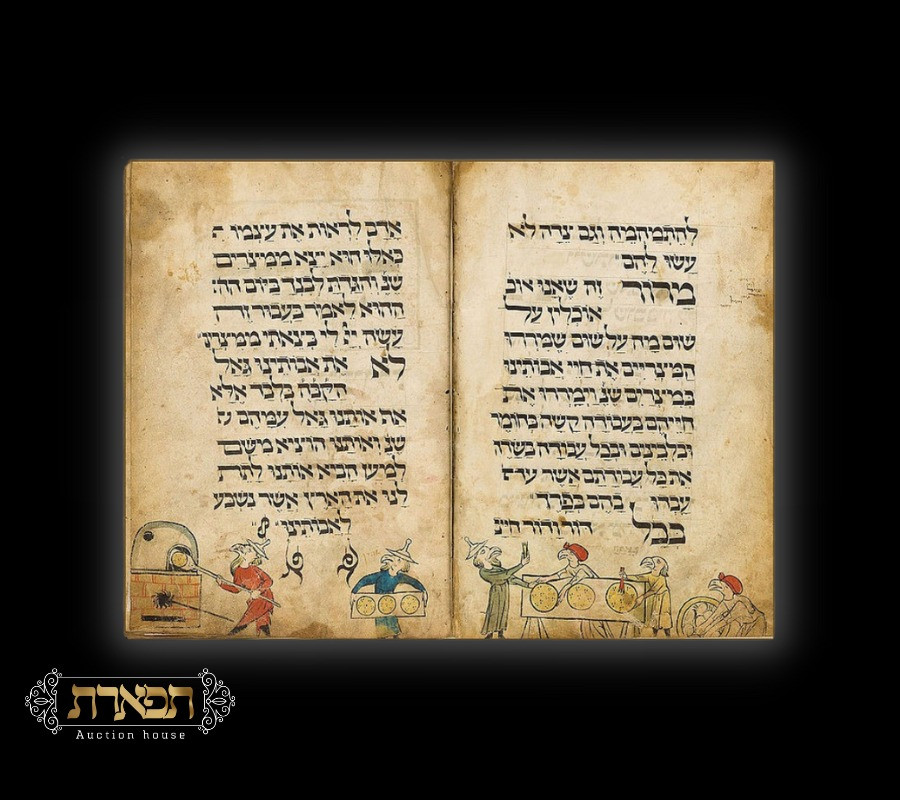
Specifically, Tiferet is holding a special auction for Passover of Haggadot and manuscripts related to Passover, recounting, in a nutshell, the history of precious and ancient Haggadot.
‘First’, it is noted by Tiferet, ‘one should remember that the Haggadah is one of the most ancient Jewish texts and one of those with the largest number of commentaries and elucidations written on it. Moreover, Passover in general and Leil HaSeder in particular is a festival that unites the Jewish people and almost like Brit Milah, it was and still is practiced by almost every Jew. Thus, an entire nation is gathered around the Passover Haggadah’.
Currently, the most expensive Haggadah in the world is the Birds’ Head Haggadah; it is also the oldest surviving illuminated Passover Haggadah.
It was produced in the late 13th century and is now on display at the Israel Museum. The Birds’ Head Haggadah contains many color illustrations and is so called because the illustrated figures have human bodies with faces and beaks of birds. Numerous theories have been advanced to explain the unusual phenomenon; however, not many people know that non-Jewish figures, such as that of Pharaoh, are not depicted as birds but their faces are blank or blurred.
We asked the experts of the Tiferet auction house to describe the latest auction for Passover. Rabbi Yehuda Breyer, the founder and CEO, recalls:
Every month, we present to the public a variety of unique items. Collectors and knowledgeable people, thank G-d, are already familiar with our auction house. Every two-three months, we hold a special auction of truly rare and expensive items. However, we have a soft spot in our hearts for the festival auctions which present only items related to the upcoming Jewish festival.
This is why the special auction for Passover, included only 50 items. Each and every one of these was special and unique for Passover. The catalog included rare Haggadot that were sold for thousands of dollars.
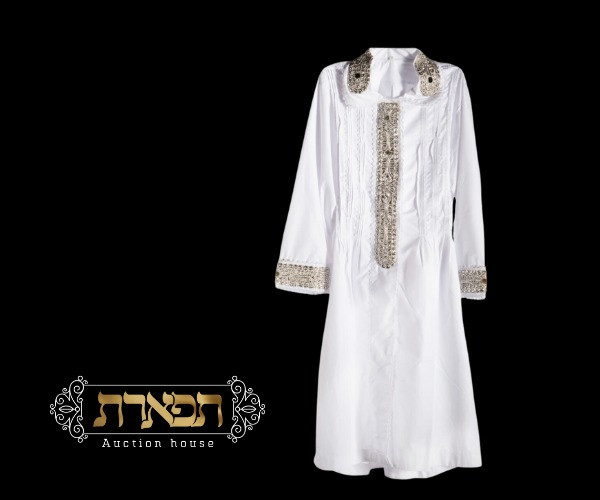
An extraordinary item that caught our attention was an impressive white Kittel, which is worn by many during the Seder, and which was sold for no less than $6500. What is the Kittel’s secret?
Rabbi Breyer told us that the Kittel was made by an artist and integrates remnants of garments that were used by the greatest Chassidic rabbis of the first generation, including a piece of fabric from the Atarah of the Talit of the Rav of Chernobyl, of Rabbi Yisroel of Ruzhin, of rabbi Hirsch of Ziditchov, of Rabbi Baruch of Mezhibuzh and of the holy Rav Rabbi Yitzchak of Boyan. We were astounded when we received the Kittel and the buyer who had purchased it merited bringing into his home a unique new garment, a rich Segulah for success and blessing.
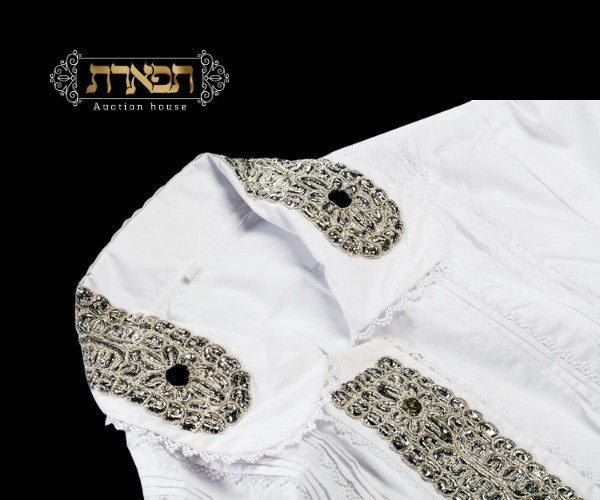
Another item that was auctioned was an interesting Haggadah with an elucidation by the Divine Kabbalist Rabbi Yosef Gikatilla and an elucidation by the Gaon of Vilna. The Haggadah is extremely rare and was therefore sold for a high price.
Another fascinating Haggadah that was sold in the boutique auction for Passover is a Haggadah that was printed in Amsterdam, in Hebrew, yet the Dinim and Halachot were written in Ladino, which was then used by many Jews who were exiled from Spain yet today is considered extinct.
Rabbi Breyer shows us receipts of Kimcha DePischa that were sent by famed Tzaddikim, a letter by the Rebbe of Karlin for Passover, embroidered napkins and of course, a variety of Haggadot.
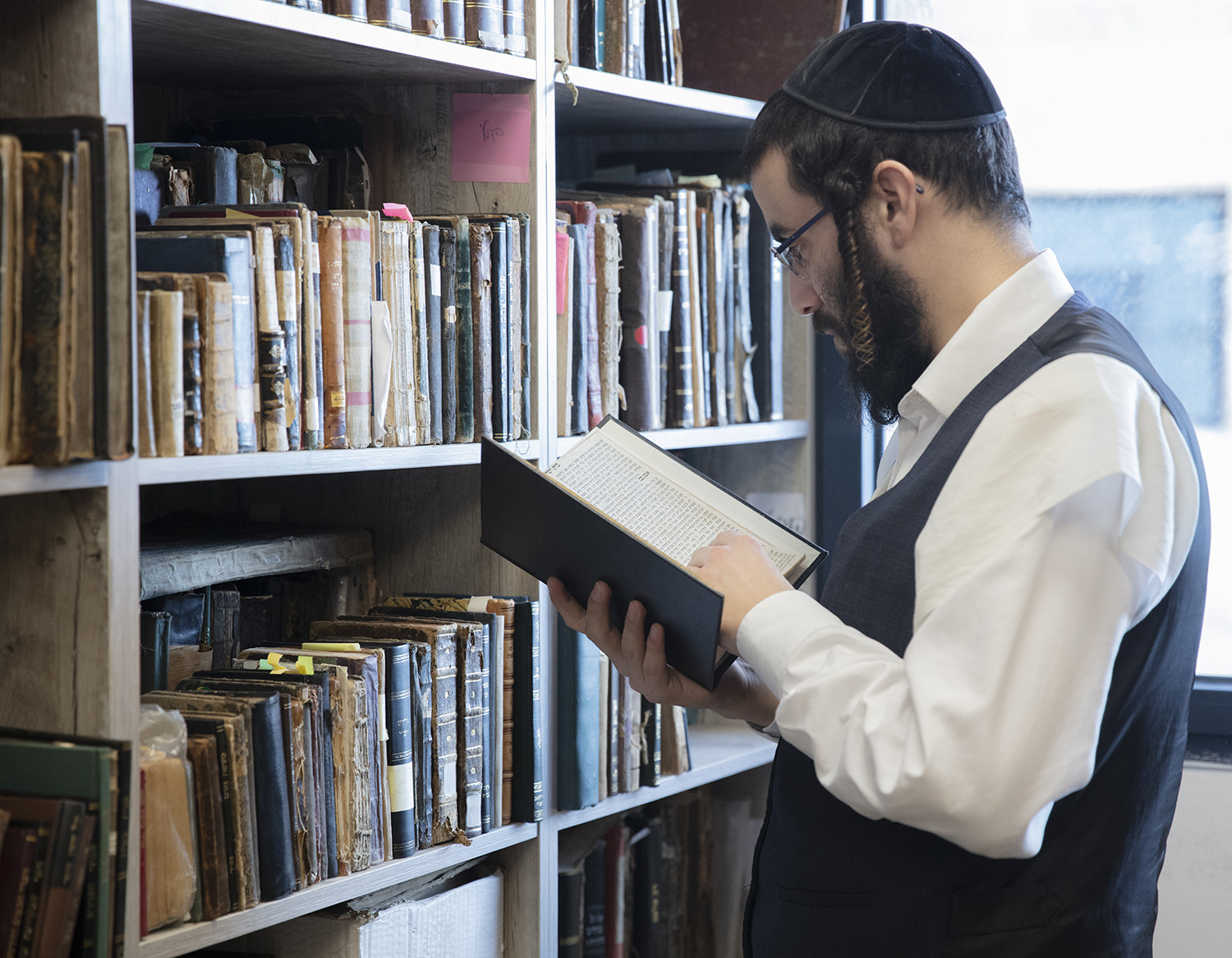
What warms our hearts is a Haggadah that was printed at the DP camps after the Holocaust. Like the other Haggadot, it too received a place of honor at Tiferet. A museum commemorating the heroic time of resurrection after the most horrific war purchased the Haggadah at the auction.
There is nothing more symbolic than a Haggadah telling the story of the Exodus from Egypt, depicting the waves, wreckage and miracles, which was printed during the first days of resurrection after the terrible Holocaust.
How much strength of soul was required from those Jews to continue and print Sifrei Kodesh after such a deep and terrible crisis. Choosing the Haggadah as the first book to be printed at that DP camp in Germany symbolizes more than anything its significance to the Jewish people and the victory of mind over matter.
The Haggadah was kept and passed down through the generations for almost eighty years, this single volume encapsulating the entire Jewish story, notes Rabbi Breyer with excitement.


